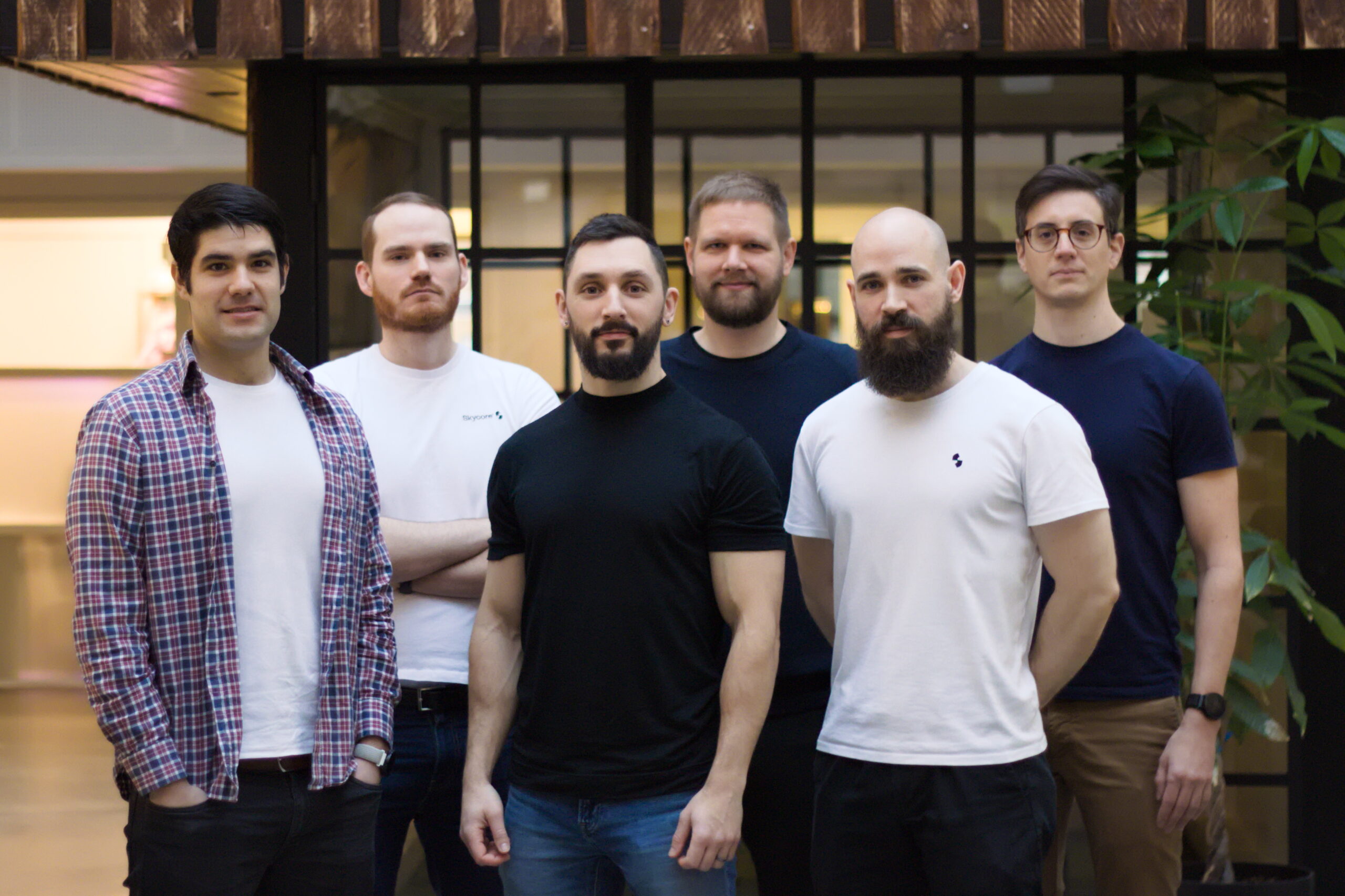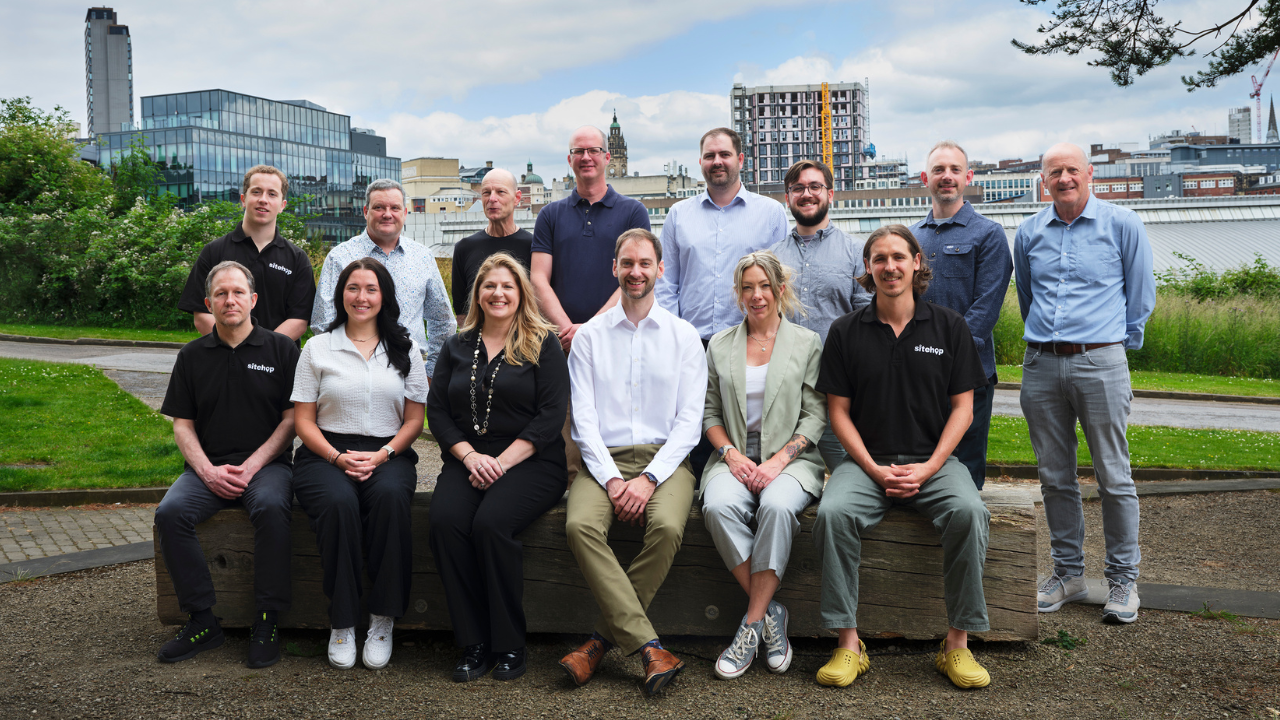Healthcare systems worldwide are flatlining. Aging populations, spiraling costs, and relentless workforce shortages are driving hospitals and clinics to the brink. The World Health Organization (WHO) warns of a 11 million global health worker shortfall by 2030. In the U.S., healthcare spending will reach nearly 20% of GDP by 2031. Meanwhile, 63% of physicians report symptoms of burnout. The cracks aren’t theoretical; they’re gaping wide.
Modernising healthcare is no longer optional. To move forward, we need a system rooted in prevention, powered by technology, and built for resilience. We believe that Artificial Intelligence (AI) is at the center of this shift.
Outside tech firms and research labs, AI still elicits equal parts excitement and unease. The reality however is that the debate over whether AI should play a role in healthcare is obsolete. What matters now is whether we can afford to wait and how start-ups and entrepreneurs go about shocking healthcare systems back to life.
Augmentation, Not Replacement
Let’s address the fearmongering first. No, AI isn’t here to replace doctors. It’s here to make them better, smarter, faster and more human where it matters most.
Today’s AI tools are already streamlining clinical workflows and improving outcomes. In the U.S., 75% of healthcare providers and payers ramped up IT spending last year. That’s not a coincidence but recognition that AI isn’t just another hype cycle. It’s a necessity.
Consider medical imaging. AI-powered platforms are helping radiologists detect cancer with unprecedented accuracy by spotting changes in tissue invisible even to trained human eyes. These systems can auto-identify regions of interest on scans and track changes over time, enabling faster diagnosis and earlier intervention. And it’s not just oncology. Neurology, cardiology, metabolic diseases — AI is expanding its reach across the diagnostic spectrum.
Hospitals across Europe and the U.S. are already deploying these tools. Some startups have raised large sums to build models that detect neurodegenerative conditions and monitor disease progression over time. And public systems like the UK’s National Health Service (NHS) are gradually beginning to adopt cloud-based AI services to scale access to care and reduce bottlenecks.
While diagnostics will often steal the spotlight, AI’s impact behind the scenes might be just as transformative. Administrative overload is a silent killer of healthcare efficiency. AI can automate repetitive work — scheduling, transcribing, managing records — freeing clinicians to spend more time doing what they were trained to do: care for patients.
Don’t Lose the Human Thread
This kind of productivity unlock isn’t just good for the bottom line. It’s the path to more personalised, human-centric healthcare.
Healthcare is emotional. It’s messy. It’s human. That’s why the goal of AI should never be full automation but rather amplification. Let machines handle repetitive, high-volume tasks. Let doctors focus on empathy, context, and complexity. In the best-case scenario, AI doesn’t sterilise care—it makes it more humane.
When Old Foundations Meet New Tools
Healthcare in Europe and the U.S. is running on foundations built for another era. Much of the infrastructure — physical hospitals, workflows, and IT systems — was designed for acute, episodic care. Electronic health records often date back to the 1990s, patched but rarely re-architected. Clinicians still spend hours navigating interfaces that barely communicate with each other. These legacy systems slow innovation, creating a kind of technical debt that drags down every attempt at modernization.
AI alone cannot erase this debt, but it can accelerate transformation even within these constraints:
- Layering intelligence on top of legacy systems – AI tools can pull structured and unstructured data from messy records, making sense of disparate sources without requiring a full rip-and-replace. Natural language processing, for example, can turn free-text clinician notes into structured insights for decision support.
- Creating “bridges” across silos – Interoperability is a political and technical challenge, but AI can be a stopgap. Algorithms can harmonize data from incompatible systems, helping clinicians see a more complete patient picture even when the underlying infrastructure remains fragmented.
- Shifting care outside the hospital walls – Rather than being bound to old institutions, AI-powered remote monitoring, virtual triage, and predictive analytics move care into homes and communities. This sidesteps brittle legacy systems and aligns with the growing burden of chronic disease.
- Freeing capacity where it matters most – Administrative overhead consumes up to 40% of clinician time. Automating documentation, scheduling, and coding doesn’t require shiny new hospitals—it delivers immediate relief inside today’s structures while building momentum for deeper reform.
A Playbook for Entrepreneurs
European healthcare faces systemic pressures that AI can relieve – but scaling solutions in Europe requires a different mindset than in the U.S.
Here are five ways entrepreneurs can scale:
-
Solve for Systems, Not Just Hospitals
European healthcare is dominated by national and regional health systems, not fragmented private providers. That means your customer isn’t just the hospital CIO — it’s the payer-provider ecosystem. Products need to demonstrate value at the system level: reduced bottlenecks, improved throughput, and lower overall costs.
Tip – Frame your value proposition in terms of population health outcomes and system efficiency, not just clinician convenience.
-
Prioritise Interoperability From Day One
Legacy IT is a reality: many hospitals still run electronic health records designed decades ago. AI solutions that demand pristine data or seamless APIs will fail. Instead, design tools that ingest messy, siloed data and can operate across multiple EHR vendors. Instead of going head-to-head with Epic or Cerner, partner with incumbents.
Tip – Build lightweight integration layers and emphasize “plug-and-play” compatibility. Your ability to work within the existing heterogeneity will be your competitive edge.
-
Prove Trust, Not Just Accuracy
European regulators and clinicians are deeply cautious. Accuracy is necessary, but explainability, fairness, and validation matter just as much. CE marking under the EU’s Medical Device Regulation (MDR) is table stakes. Beyond that, independent clinical validation and transparent bias-mitigation frameworks will set you apart.
Tip – Invest in third-party validation studies early. Key opinion leader (KOL) endorsements and a published trial in a high impact journal open more doors in Europe than any marketing campaign.
-
Build for Workforce Augmentation, Not Replacement
With staff shortages and burnout, the winning AI narrative is relief, not replacement. Solutions that free clinicians from paperwork, reduce cognitive load, or flag early deterioration will scale far faster than those that position themselves as “doctor substitutes.”
Tip – Involve frontline clinicians in co-design. An AI that feels like a partner, not an overseer, earns adoption faster.
-
Partner With Public Systems and Policymakers
In Europe, scaling often means engaging with the state as your customer. This requires long sales cycles but offers enormous reach once you’re in. The UK’s NHS AI Lab and Germany’s DiGA framework for digital health apps are examples of pathways to reimbursement and deployment.
Tip – Treat policymakers and regulators as strategic partners. Engaging early can shape pilots, secure reimbursement, and position you ahead of competitors when adoption accelerates.
The Bottom Line
Scaling AI in Europe isn’t about blitzscaling — it’s about earning trust, embedding in systems, and proving value at scale. The companies that succeed will be those that combine cutting-edge technology with realism about healthcare’s complexity. In other words: don’t just build AI that can transform care. Build AI that Europe’s health systems can actually absorb.



